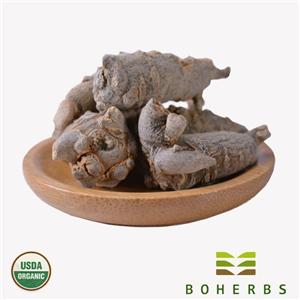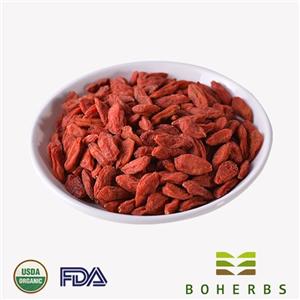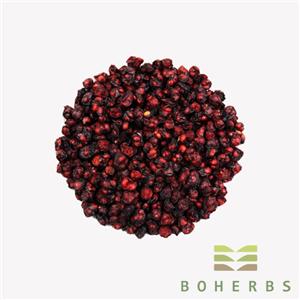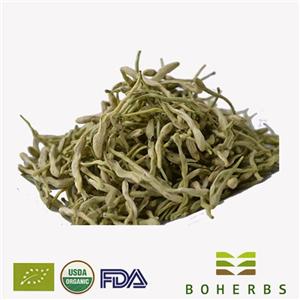How to Deal With Moldy Ganoderma?
Organic Reishi Mushroom is not as widely available as ordinary ingredients, and it cannot be planted casually. To obtain high-quality organic Ganoderma lucidum, we must start from the source, from its growth environment, to picking, drying, screening, to storage and use, each step pays attention to the combination of nature and meticulousness.
Our Organic Reishi Mushroom grows in the mountains far away from pollution, where the forests are dense, the air is fresh, and the water source is clean, which is very suitable for the natural growth of fungi such as Organic Reishi Mushroom. Organic Ganoderma often attaches to the roots or dead stumps of large trees such as Pinaceae and Fagaceae, and likes an environment with plenty of sunlight but not exposed to the sun. This natural ecological condition allows Ganoderma lucidum to have rich nutrients and active ingredients from the beginning, and also avoids the risk of pollution caused by chemical intervention.
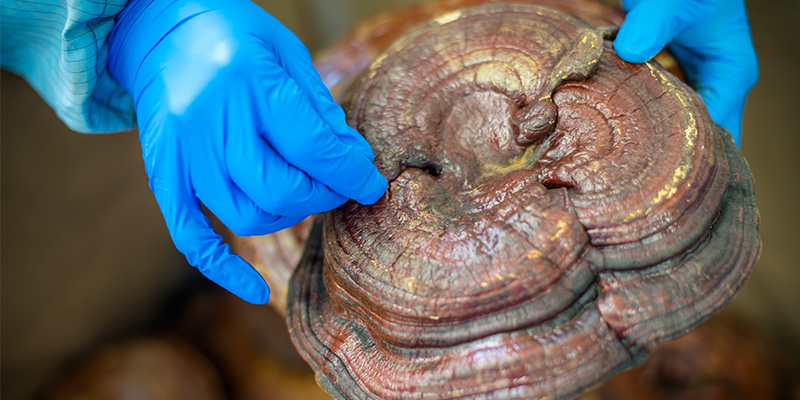
The picking time of Organic Reishi Mushroom must also be mastered just right, and it is most suitable when the cap is unfolded and the edges are slightly curled. We insist on manual picking to avoid damaging the fungus. Each Ganoderma lucidum is hand-selected and carefully shipped. Fresh Organic Reishi Mushroom has a high moisture content and is prone to mold or deterioration if not handled in time. Therefore, it will be sent to the drying workshop immediately after picking, and low-temperature air drying technology will be used to gently remove moisture and retain its aroma and active ingredients.
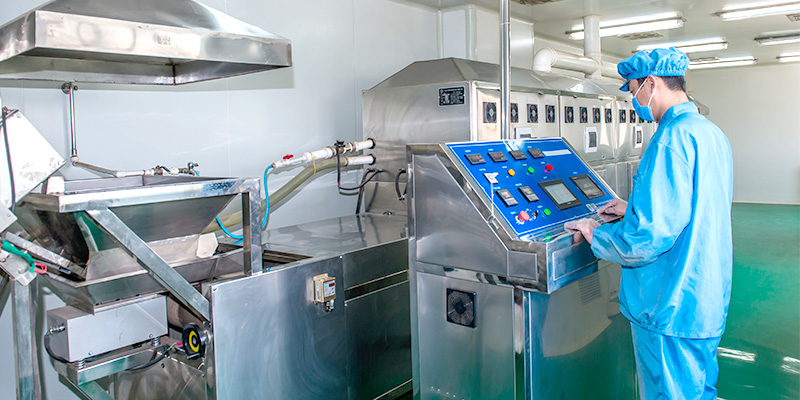
After drying, Organic Ganoderma will also go through a screening process to remove irregular shapes, broken parts, and abnormal colors. After that, it is the final quality inspection stage. We not only control the appearance, moisture content, and impurity content, but also provide pre-production samples to ensure that customers are satisfied with the quality before large-scale delivery. These steps may seem ordinary, but they determine the overall quality and taste of Ganoderma lucidum, which is why organic Ganoderma lucidum is more popular.
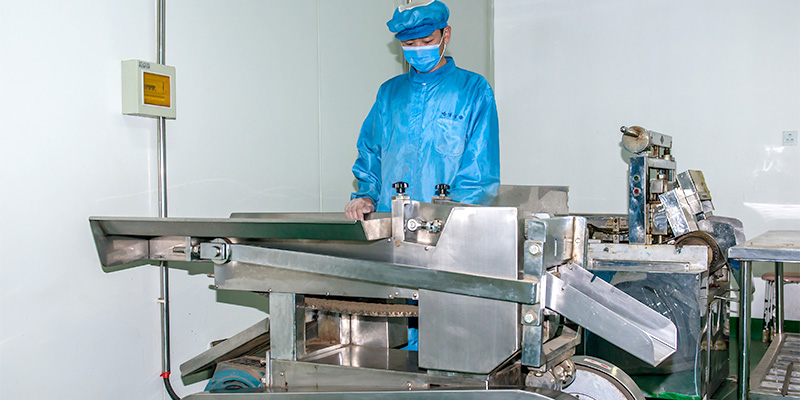
Of course, even if it is well preserved, Organic Ganoderma may mold due to high air humidity, poor sealing, etc. If you find that the Ganoderma lucidum at home has slight mold spots, don't worry, you can take some simple methods to deal with it. For example, you can use a brush to lightly brush the surface mold, and use a knife to gently scrape off the parts that cannot be brushed off. If you want to be more thorough, you can put it in a tank and quickly wash and wipe it, and then dry it naturally. Another traditional method is to use a small amount of rice wine to scrub the moldy parts of Organic Ganoderma, and then dry it until the moldy smell dissipates. But remember, these methods are only suitable for slightly moldy Ganoderma. If it has been severely rotten or the moldy smell is particularly strong, it means that Organic Ganoderma has lost its medicinal value and can no longer be eaten.
When storing Organic Ganoderma on a daily basis, it is recommended to put it in a dry and ventilated place, store it in a sealed can or vacuum bag to avoid moisture. If the environment is humid, you can also put some desiccant or use a dehumidifier to extend the shelf life of Organic Reishi Mushroom.
It is not easy for each Organic Ganoderma to grow. It needs the shelter of the forest, the patience of time, and the careful treatment of humans to eventually become a stable and healthy portion in your cup. Do you have any tips for preserving Ganoderma? Welcome to leave a message to share.

